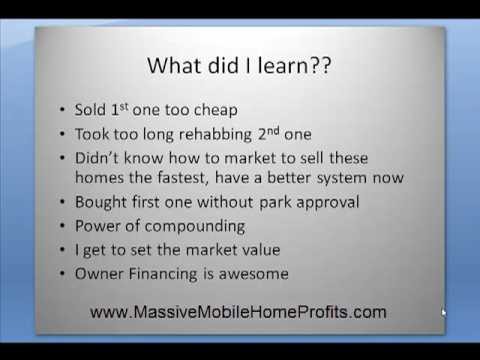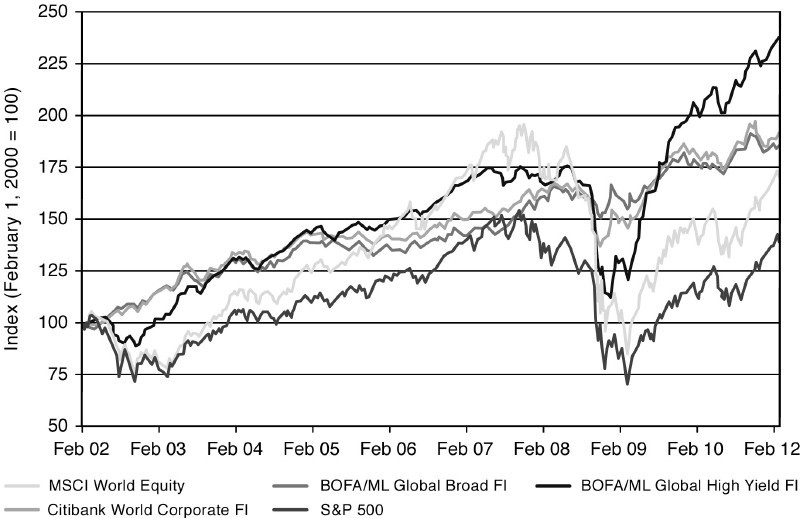Passive Income Investing
Post on: 3 Апрель, 2015 No Comment

Ways To Maximize Your 401k
A 401k is a type of plan to fund a person’s retirement. There are several types of retirement plans, but usually they are attached to a person’s job and contributions are made every payday from a certain percentage of their pre-taxed income, thus there is a tax benefit to the employee. As long as the plan owner lets the money stay in there until they are at least 59 and a half years old, then there are no tax penalties and the money can be taken out and used and taxed at the rate current at that time.
There are several good ways to help maximize a plan so as to have as much money as possible to go towards your future retirement. However, the responsibility to do this falls upon the employee, so here are several tips to help you to maximize your retirement account:
Start Your Retirement Plan
The first thing necessary is of course to sign up for your employer’s 401(k) plan if it’s offered. There is no way to make any money if you procrastinate and waste time before signing up. The sooner you are enrolled, the sooner you can start earning money towards your retirement, because if you delay you will only have to make a higher amount of contributions later to make up for it.
Invest As Much Of Your Salary As You Can Afford
Many people ask, “How much of a percentage of my check should I contribute?” The answer is as much as you can afford and at least enough to meet the requirements if your employer matches contributions.
Accept The Employer Match
Some companies match their employee’s contributions up to a certain amount and if this is the case in your job, don’t let that go to waste! Be sure to accept your employer’s match.
Dont Consent To A Default Savings Rate
In some cases, employees are automatically signed up for the company’s 401(k) plan at whatever the minimum percentage rate is, which in many cases is about three percent. However, you are normally allowed to contribute a higher percentage than this, and it behooves you to do so and to put in as high of a percentage as you can possibly afford.
Don’t Leave A Job Until You Are Vested
If you plan to change jobs, don’t do so until at least you are fully vested in your company’s 401(k) plan. That’s because if you leave a job early, some employers will not allow you to keep the part of your plan that was the company’s match to your contributions. It can take five or more years to be fully vested, depending on the company you work for. Some allow employees to take part of the match if they have been with them for a certain period of time, but try to stay long enough to get all the money you have earned towards your future retirement if possible.
Take Your 401k Plan With You If You Change Jobs
Don’t cash out your plan if you do change jobs. Instead, roll the money over into an IRA so it can keep earning and so you won’t pay a penalty if you are too young to avoid any tax penalties. It may be tempting to take the cash, but if you are less than 59 and a half years old, you will face at least a 10 percent early withdrawal fee. Plus, you lose out on compound interest and that can make a big difference when you need that retirement money later in life.
Avoid Taking Out Loans On Your Plan
Don’t treat your plan like a regular savings account where you can easily borrow money. Let the money stay there until you have to take it out and then you will earn the most on what is there. Plus, depending on the features of the loan, it can cost you a lot in fees or penalties, which also take away from your future retirement funds.

A 401(k) plan is supposed to be a long term savings plan, not a piggy bank to shake and get money from early. When you turn 70 and a half years old you are required to take out money every year, but prior to that you are not. After that age you actually face a penalty if you don’t take out money, so be sure to know the rules based on your age.
Diversify By Getting A Roth IRA
Many employers now allow their employees to get a Roth version of a 401(k) plan instead of the regular ones. In this type of plan you can save after tax dollars and not just pre-tax dollars. This type of 401(k) offers a lot of benefits to a younger or a low income employee who is likely to get into a higher tax bracket later on in their working lives.
Diversify 401k plan assets
If you are enrolled in a plan where you are allowed to choose the mix of stocks and bond funds involved, then be sure to get a good mix of these in your portfolio. If you are, for instance, close to retirement age, then shift some of the money in your account to less risky funds so as to protect your money. But if you are just starting out in your career, you can put a percentage into some of the higher risk options to maximize your potential earnings.
Watch Out For Fees
Some 401(k) plans have high fees, and if that is the only option you have, then it may be better for you to try to get your plan changed, or once you are vested and can keep all your employer’s match, it could behoove you to move your money to a cheaper option, such as an IRA.
All in all, a 401k plan is a great way to fund a future retirement, so be sure to sign up for one as soon as possible if your job offers it.
Earn 15% to 33% Return On Your Investment














